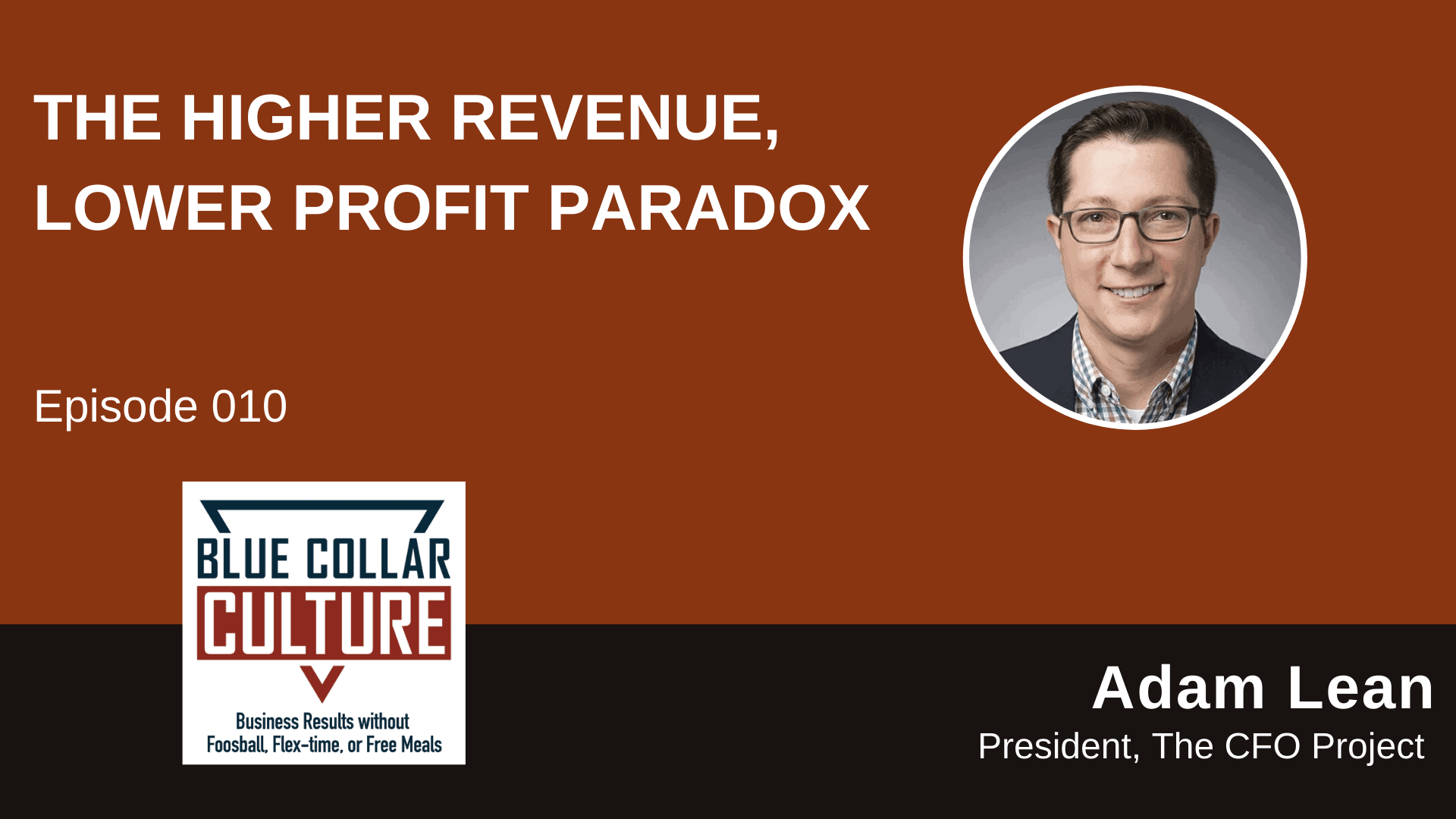The key drivers of your business success are your numbers and financial data. But too many small business owners have a vague understanding of how to measure success, says Adam Lean of The CFO Project. In fact, despite growing sales many find themselves with dwindling profits.
But used the right way, says Adam, numbers can actually tell you what’s working and what’s not in your business – and how to fix it. There are two numbers that matter the most in your business. Get a handle on those and you’ll have less stress, more money, and a better work/life balance.
Tune in to get all the details, including…
- The key differences between cash flow and profit
- 3 metrics you must watch to improve sales
- How to avoid your business turning into a job
- Getting the most ROI out of your employees
- The Seven Drivers of Cashflow
Listen now…
Mentioned in this episode:

